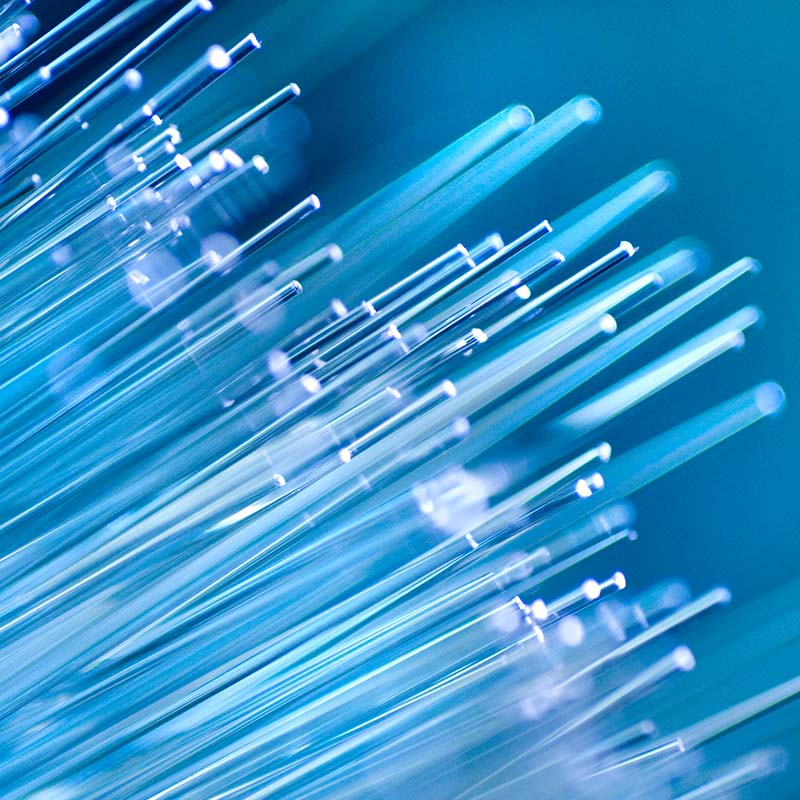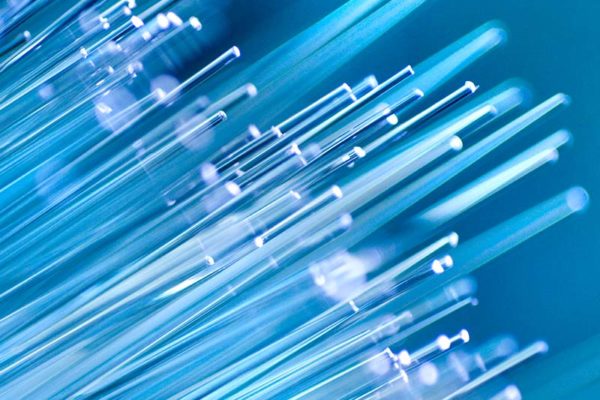Proposed use
Our software provides valuable insights into how fabrication variables such as glass temperature, feed and draw speeds, and surface tension affect the shape of the channels during the draw. For a given preform shape and draw parameters, the software provides accurate predictions of how the channels will deform.
Problem addressed
In MOF fabrication, the pattern of channels in the fibre plays a crucial role in guiding light along the fibre. It is imperative to find the initial preform geometry and the manufacturing parameters required to draw MOFs with desired end cross-plane geometries. Even minor unwanted deformations in a small number of the channels can severely compromise a fibre’s optical performance, thus optimal manufacturing of MOFs requires an improved understanding of the channel deformations.
Current solutions to determine acceptable MOF fabrication methods are typically physical, trial-and-error processes. These methods are time-consuming, expensive and sub-optimal. Our novel and patented MOF simulation software meets the above industry need.
Technology overview
A mathematical model has been developed describing the deformation, under the combined effects of surface tension and draw tension, of an array of channels in the drawing of a broad class of slender viscous fibres. This has been implemented into a software capable of giving accurate predictions of the required preform geometry and processing conditions to achieve the desired final shape of a MOF.
Technology Readiness Level
The accuracy of the elliptical pore model as an approximation has been tested by comparison with full numerical simulations and experimental draws. Initial testing has proved successful and a demo is available. Technology Readiness Level: 4.
Benefits
- Accurate predictions on preform shape required to give desired final geometry
- Indications on optimal manufacturing processes for desired final geometry
Applications
- MOF fabrication optimisation
- Photonics design software (Modelling and simulation)
Intellectual Property
A US patent has been granted: US20160357174A1




